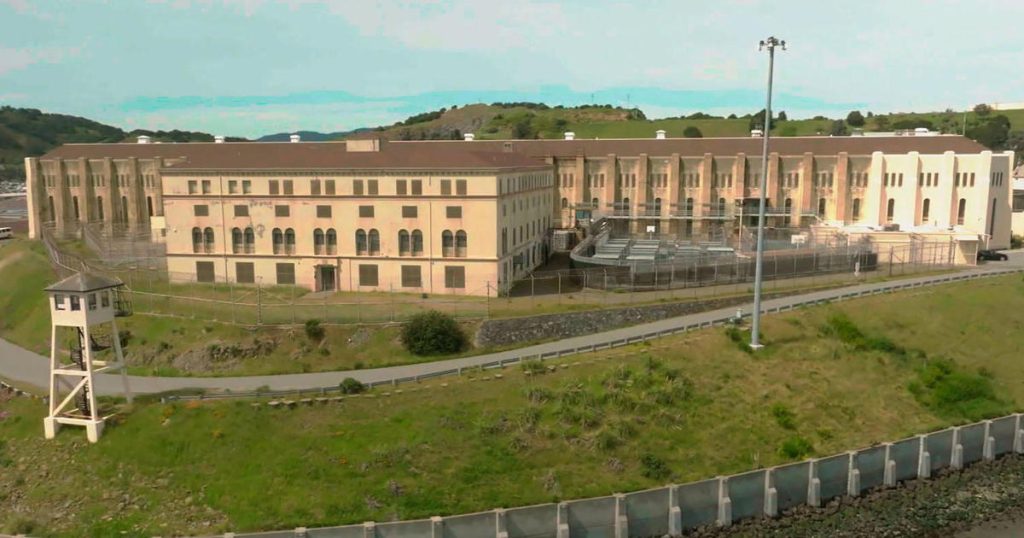In California, there is a growing emphasis on rehabilitation over traditional incarceration for general population prisoners. This initiative is aimed at helping inmates learn new skills and behaviors that will aid in their successful re-entry into society upon release. Inmates who demonstrate good behavior are given the opportunity to participate in a variety of programs, ranging from theory to sign language classes to coding. By focusing on rehabilitation, California is working to reduce recidivism rates and give inmates a better chance at building a positive future for themselves.
One of the key aspects of California’s rehabilitation initiative is the emphasis on learning new skills that can be applied in the real world. Inmates have the chance to take classes in sign language, coding, and other subjects that can help them secure employment upon release. By equipping inmates with marketable skills, the hope is that they will be less likely to return to a life of crime. This focus on education and training is an important step in breaking the cycle of incarceration and giving individuals a chance at a better future.
The rehabilitation programs offered to general population prisoners in California are designed to address a wide range of needs and challenges that inmates may face. In addition to academic classes, inmates can also participate in therapy sessions, substance abuse programs, and anger management courses. These programs aim to help inmates address the underlying issues that may have led to their incarceration in the first place, and provide them with the tools they need to make positive changes in their lives. By taking a holistic approach to rehabilitation, California is working to support inmates in their journey towards reintegration into society.
One of the key benefits of California’s rehabilitation initiative is the positive impact it can have on inmates’ mental health and well-being. By engaging in programs that focus on personal growth and development, inmates have the opportunity to build self-esteem, develop coping skills, and work through past traumas. This can lead to a significant improvement in mental health outcomes for inmates, which can in turn support their successful re-entry into society. By prioritizing mental health and wellness, California is working to address the root causes of criminal behavior and support inmates in making positive changes in their lives.
In addition to individual growth and development, California’s rehabilitation programs also focus on building a sense of community and support among inmates. By participating in group activities, such as art classes or team-building exercises, inmates have the opportunity to connect with others and build positive relationships. This sense of camaraderie can be a powerful motivator for change, as inmates support and encourage each other in their journey towards rehabilitation. By fostering a sense of community within the prison system, California is working to create a supportive environment that promotes positive behavior and personal growth.
Overall, California’s effort to rehabilitate general population prisoners represents a significant shift in the way that incarceration is viewed and approached. By prioritizing rehabilitation over punishment, California is working to address the underlying issues that contribute to criminal behavior and support inmates in making lasting changes in their lives. Through a combination of education, therapy, and community-building programs, California is working to reduce recidivism rates and give inmates a chance at building a positive future. By investing in the rehabilitation of general population prisoners, California is creating opportunities for individuals to break the cycle of incarceration and build a better life for themselves both inside and outside of prison.


